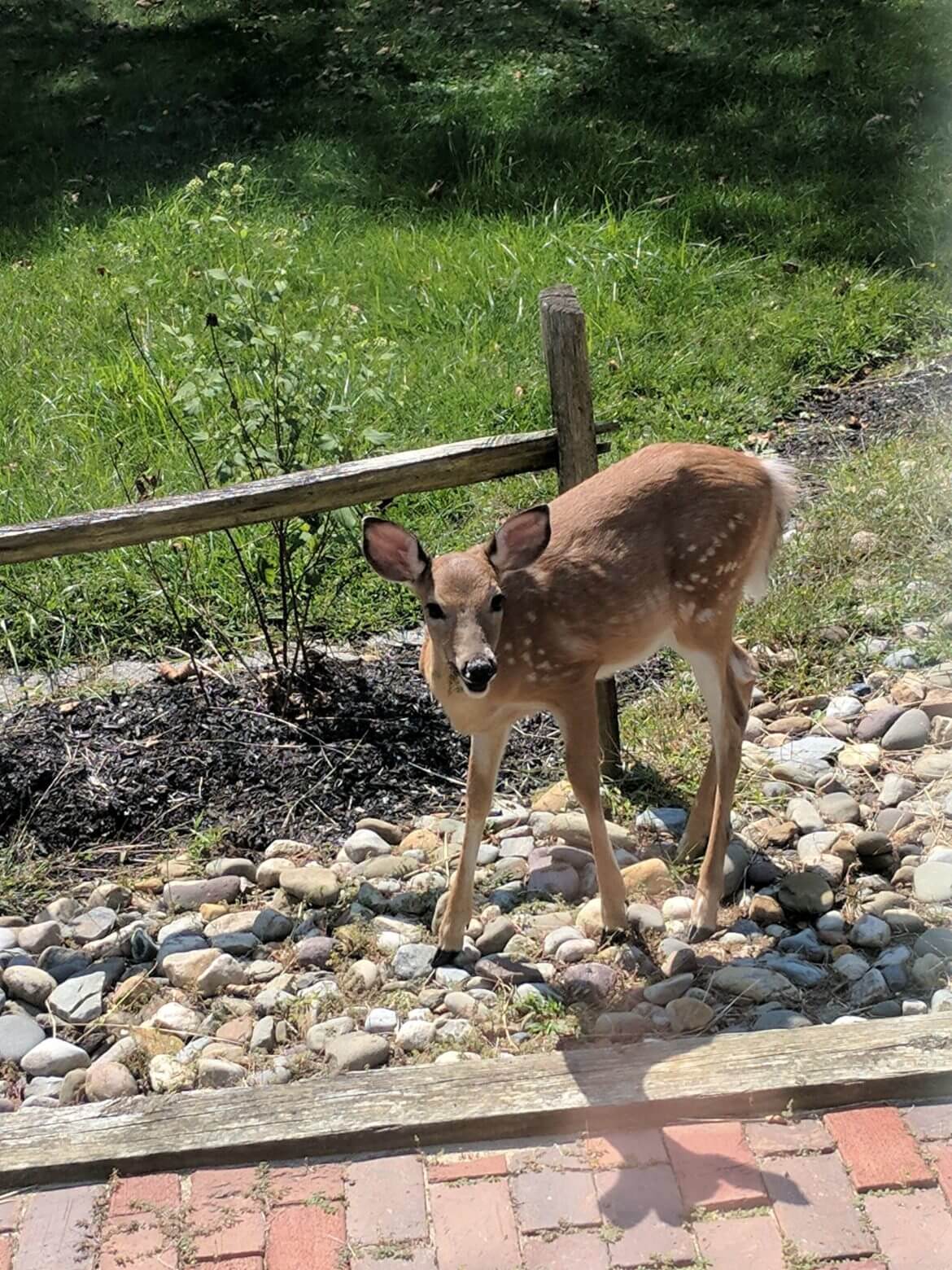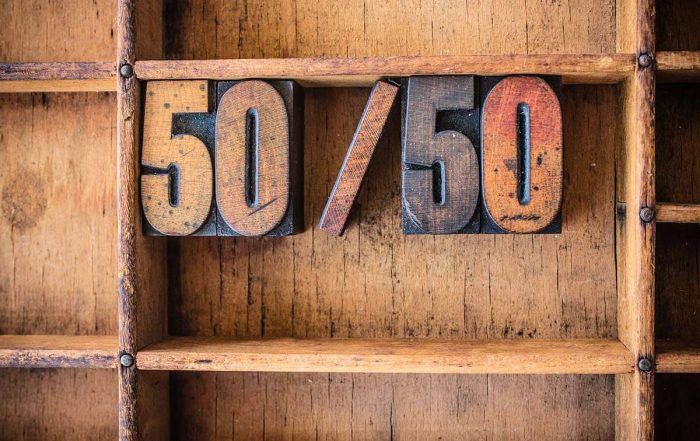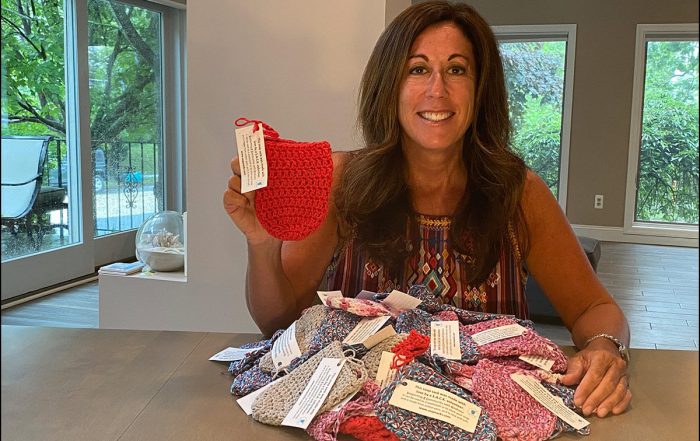By Ann Sherwood, Colts Neck Wildlife Committee
We are all too aware of the “deer problem”. In the suburbs drivers are the only large predators of the animal and in 2016 Monmouth County once again recorded the largest number of vehicle accidents due to deer of any county in the state. Hitting a deer can cause serious injuries, and repairs are expensive. Moreover, they litter our lawns with droppings, eat gardens, and destroy the habitat, for songbirds, beneficial insects, and native trees and shrubs. What many people don’t realize is that one simple, effective step helps control the deer population, eliminating backyard feeding.
Feeding the deer seriously compounds the challenge. Why? Because it has access to supplemental food, it has more babies, lots more babies. The reason lies in basic biology. The capacity of a doe to get pregnant is related to her weight. This ensures that fawns will be more likely to survive and reproduce themselves because their mothers are fit. According to the NJ Department of Fish and Wildlife, deer living on natural food sources typically breed when they are a year and a half old, and give birth to a single fawn each year. Deer born in the spring who have supplemental food reach the weight that allows them to get pregnant the following autumn and give birth the next spring. If they continue to eat food supplied by humans, they are more likely to deliver twins in the second pregnancy and triplets as they grow older. The impact of starting younger and having multiple births each year is substantial. A single doe eating only wild food typically produces three offspring over five years. That same doe given supplemental food could produce as many as nine offspring in the same period of time.
Feeding deer in the spring and summer may increase fertility, but feeding them in the winter can actually make them sick. Over millions of years of evolution deer have developed seasonal changes in their digestive systems. In spring and summer, plants convert sunlight and carbon dioxide into sugars and carbohydrates. When leaves are abundant, deer are equipped to convert sugar and carbohydrate to energy, storing the excess as fat. When leaves turn colors signaling that no more sugar and carbohydrates are being made, summer digestion turns off and digestion needed for woody stems high in cellulose is turned on. Consuming corn or other carbohydrates can cause acid build-up that kills. They may look thin, but deer rely on fat stored during the warm weather for calories. It is normal and healthy for them to lose up to 20% of their body weight. Some of the sick or weaker animals may die, but that is part of the natural balancing act.
For more information, visit state.nj.us/dep/fgw/deerfeed.htm
TIPS:
- Don’t Let Deer Feast on Birdseed
- Keep bird feeders and suet at least 7 feet off the ground. You can use pulleys to raise and lower feeders for filling them or mount them at an upstairs window.
- Use seeds that deer don’t like. These include Nijer (thistle) or safflower seeds and seed treated with hot pepper
- Fence in an area for your feeders. Make sure it is just big enough that the deer can’t lean into the feeder. If it is too big, they will just hop in.
- Clean up the seed under the feeders frequently. This deters deer as well as the small rodents that carry Lyme bacteria.
- Store extra seed in containers where deer and rodents cannot get into it. If you store it in your house, put it in the freezer overnight to eliminate pantry moths.
Recommended for you
Kids with Cancer Need Help… Here’s What You Can Do
The daily burdens thrust upon families who are battling pediatric cancer are [...]
Monmouth County Historical Association Virtually Celebrates Annual Garden Party
FEATURED PHOTO: MCHA Executive Committee: (l to r front row) Kathy Jones (2nd [...]
Meet Your Neighbor: Stacy Wiener
FEATURED PHOTO: This is where caption text will go for featured photo. As [...]
Monmouth Film Festival Redefines the Festival Experience this August
As film and theater folk like to say, the show MUST go on, [...]
Meet Your Neighbor: Laura Ciccone, Educational Advisor
FEATURED PHOTO CREDIT: Cathy Padilla Laura Ciccone lives in Lincroft with her [...]
Pet Celebs: August 2020
Your pets can be celebrities too. Send in a photo to info@communitymagazinenj.com! [...]









